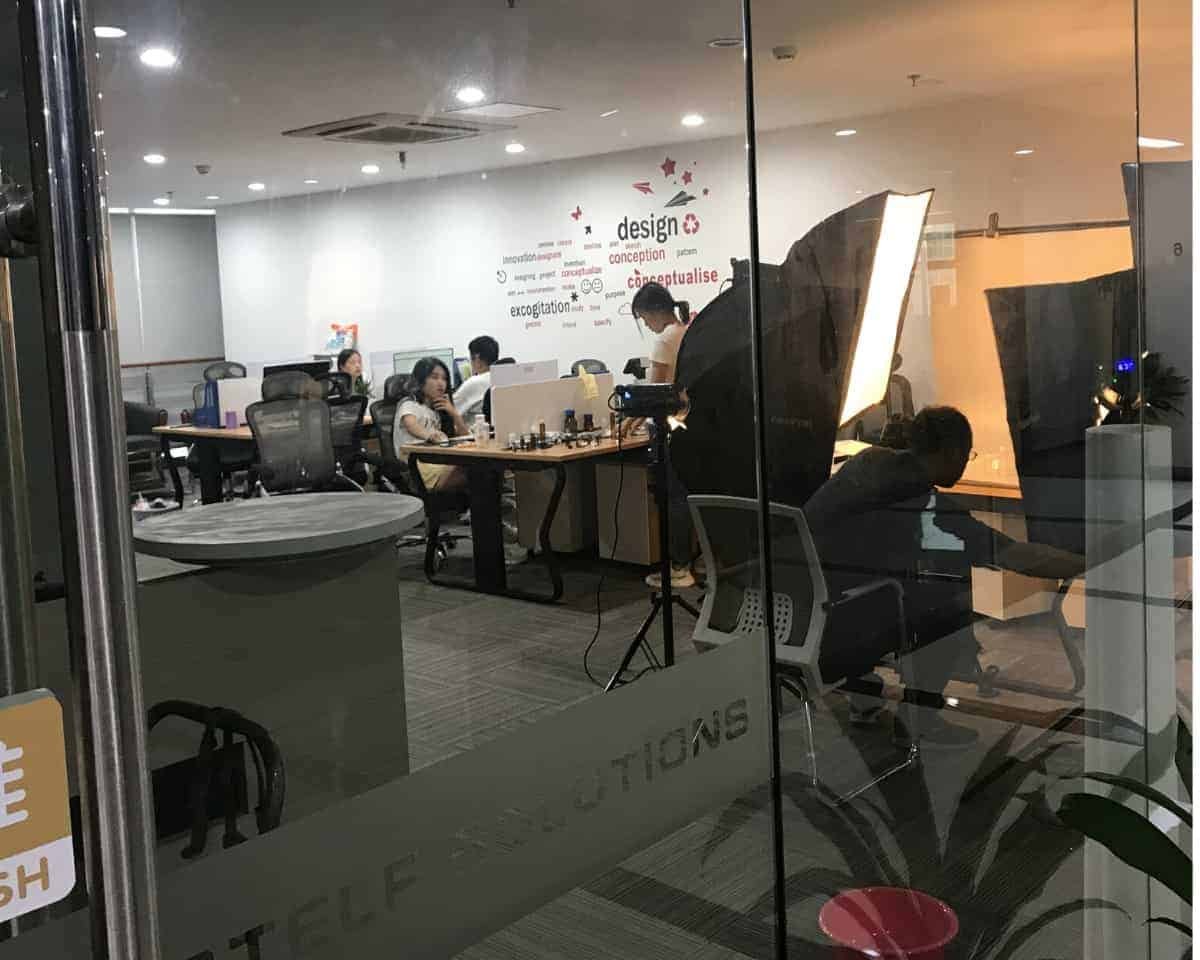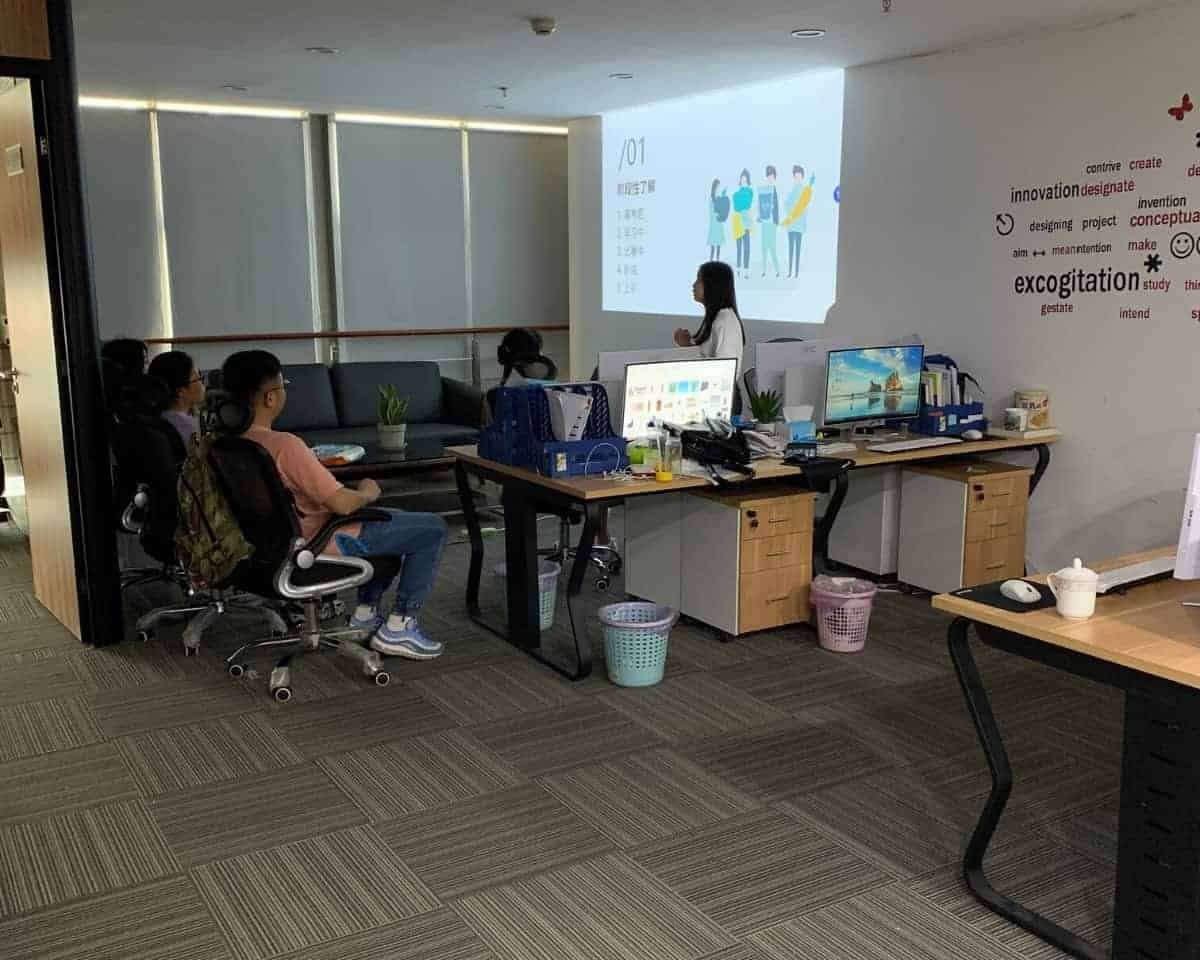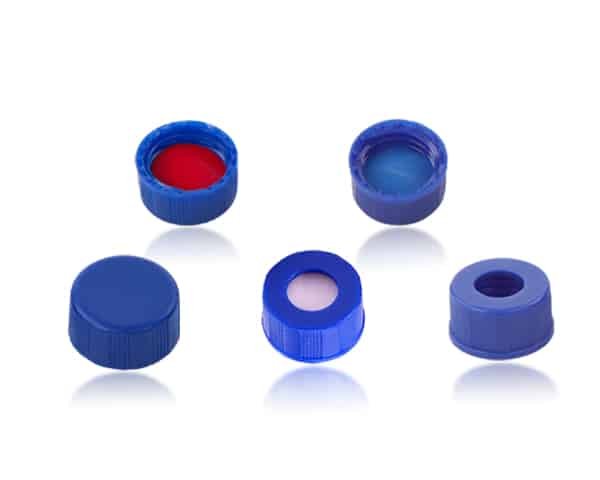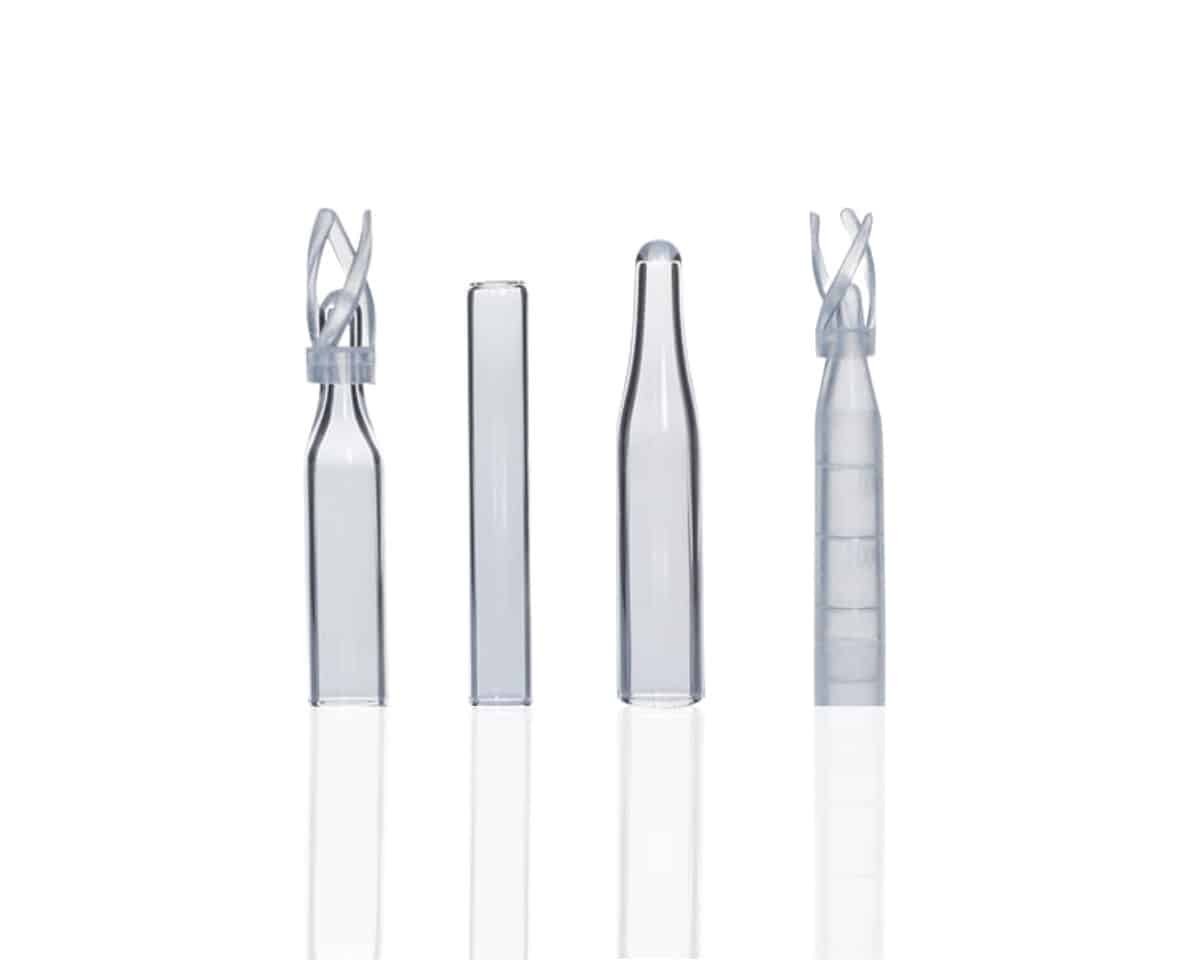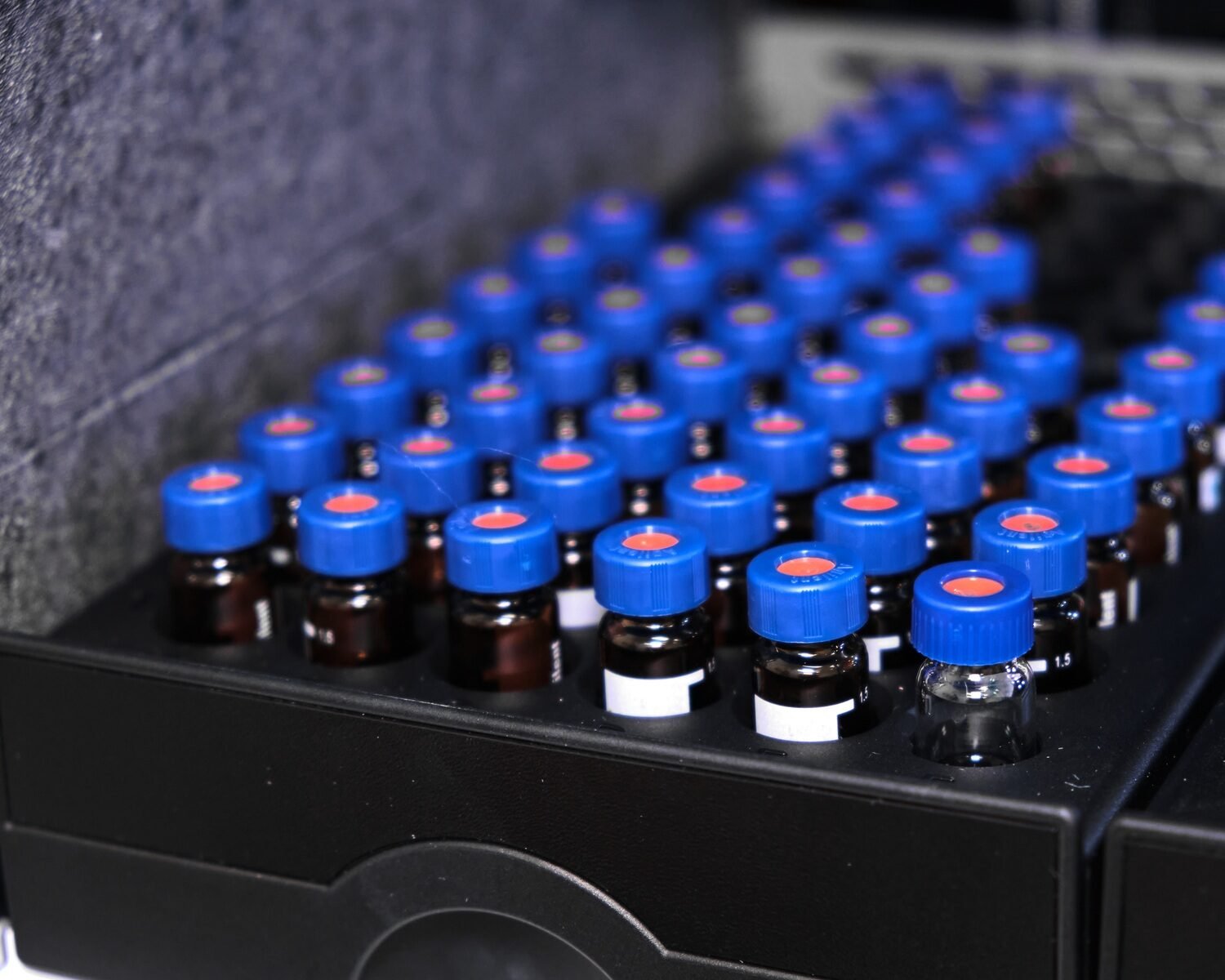As you may have heard, a few months ago we moved into our brand new office in Hangzhou! Now that we’re all settled in and (almost) all of our decorations are up, we thought we’d give you a little tour!
Mastelf Technologies grows so fast that we needed to extend our office to the new floor. We’re more than happy to have your visting come to our new office to have a seat and excited to welcome here all newcomers!
Please have a look below at our presenting pictures of our new office.

